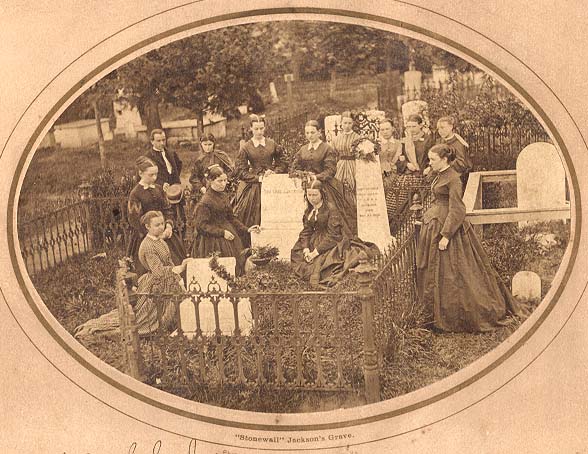Remembering the Roots of Memorial Day
May 24, 2025
Calvin Coolidge, who helped shape the modern observance of Memorial Day, once stated, “the nation which forgets its defenders will be itself forgotten.”
Ironically, Memorial Day’s history is, itself, commonly forgotten in the past.
The inadequate understanding of the foundation of Memorial Day can be an indicator as to why it is regularly mistaken with other holidays, such as Labor Day and Veterans Day. Yet the roots of Memorial Day explain why it remains a solemn and significant observance.
During the atrocities of the Civil War, the immense loss of life led to chaotic and informal burials across battlefields. One woman, Mary Dunbar Williams of Winchester, Virginia, was horrified to learn that during the plowing of land on her sister-in-law’s farm in preparation for planting crops, they upturned two unidentified soldiers from the earth.

Photo Courtesy of: Imgur.com
This discovery, and others like it, sparked the organization of “Ladies Memorial Associations” across the South. These groups were dedicated to the organization of proper burial grounds for the war dead. In addition to laying these soldiers to rest in organized graveyards, they decorated the burial markings with floral honors and evergreens.
Their efforts gave rise to what were called “Decoration Days,” where communities would gather to decorate soldiers’ graves and hold ceremonies of remembrance. Inspired by this widespread practice, General John A. Logan issued a proclamation in 1868 calling for a national day of remembrance – what we now know as Memorial Day.
At the South Dakota Humanities Council, we honor the memory of those who gave their lives in service to our country. We remember their sacrifices and the enduring significance of this day.
Information in this post came from:
- “Ladies Memorial Associations,” Essential Civil War Curriculum
- “Ladies’ Memorial Associations,” Encyclopedia Virginia
Learn more about humanities programming in South Dakota by signing up for SDHC e-Updates!